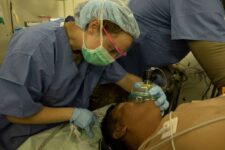
After listening to this episode, you will be able to: 1. Define the goals of the maintenance phase of anesthesia 2. Define Minimum Alveolar Concentrat…
Continue reading
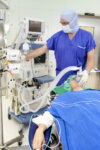
After listening to this episode, listeners will be able to: 1. Describe the 4 components of a general anesthetic 2. List the 3 phases of anesthesia 3.…
Continue reading

The objective of the podcast is the following: ● Develop an approach to the history and physical examination of patients with facial nerve pals…
Continue reading

After listening to this podcast learners will be able to: 1. Describe the basic function of the facial nerve 2. Outline a differential diagnosis for f…
Continue reading
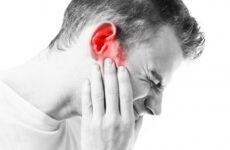
In this episode Mauz Asghar, a second medical student at the University of Saskatchewan, is joined by colleague Maauz Asghar, a first year medical stu…
Continue reading

In this episode Mauz Asghar, a medical student at the University of Saskatchewan, is joined by his colleague Muaaz Asghar to discuss mandibular fractu…
Continue reading
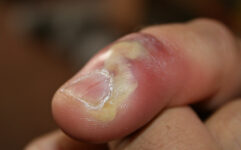
In this episode 2nd-year medical student Mauz Asghar from the University of Saskatchewan, will be talking about Herpetic Whitlow infection. After list…
Continue reading
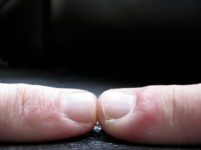
After listening to today’s podcast learners should be able to: 1. Identify the key features on history and physical examination of felon …
Continue reading

After listening to this podcast, learners should be able to: Describe the relevant anatomy surrounding skier thumb injuries. Outline the mechanism of …
Continue reading
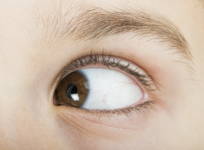
After listening to this podcast, learners should be able to: Define strabismus Describe the anatomy relevant to strabismus List causes of strabismus C…
Continue reading